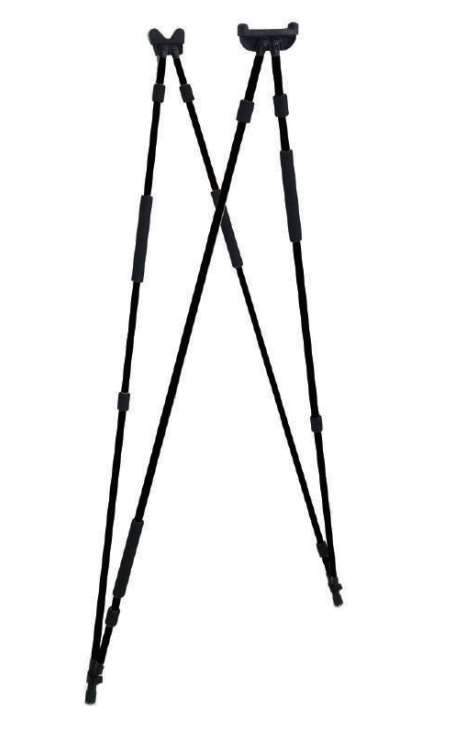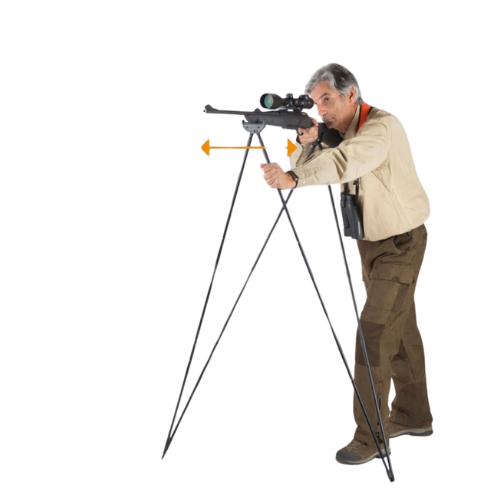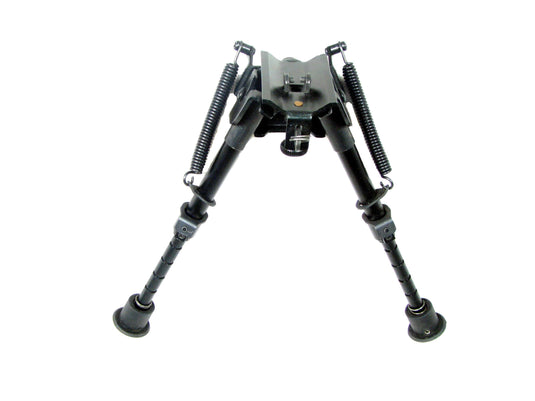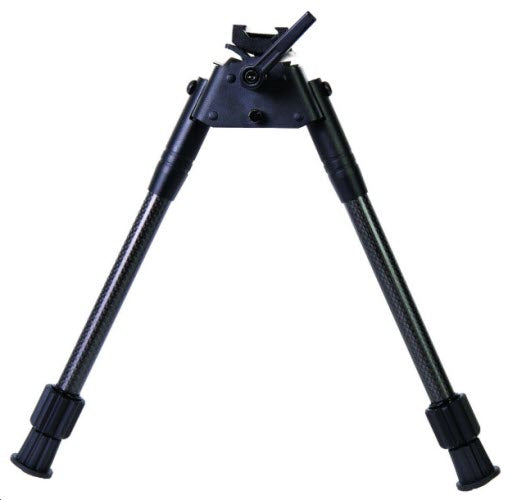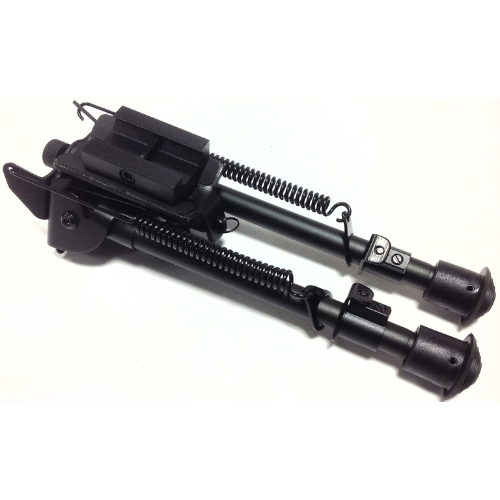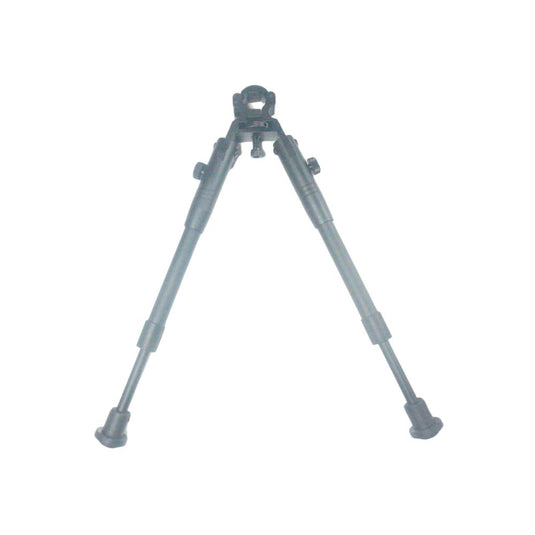Little-Known Facts About a Deer Senses
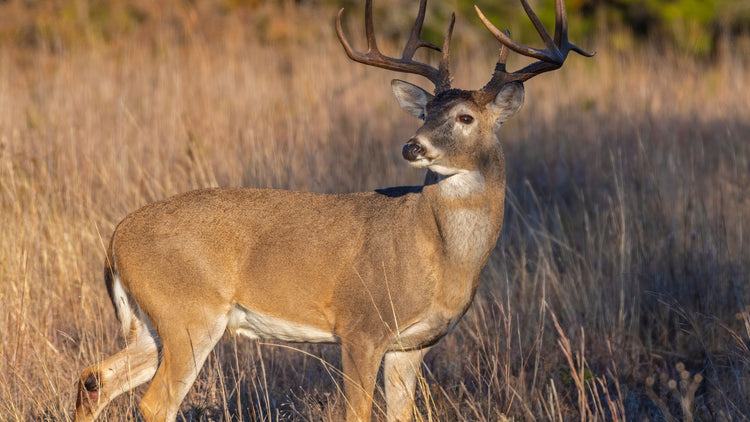
Research Unveils Little-Known Facts About a Buck's Senses
Deer’s Sight: Unique Strengths and Weaknesses
Research led by Dr. Karl Miller and colleagues at the University of Georgia has given insight into whitetail vision. By examining deer eyes with optical tools and even using contact lenses, they uncovered four key findings:
- Deer see about five times better than humans and tend to be far-sighted.
- They can perceive shades of yellow and blue but struggle with reds and greens.
- Their eyes are highly attuned to detect even the slightest movement.
- Deer need to view a stationary object from multiple angles to get a full understanding, which is why they frequently shift and bob their heads.
To avoid detection, avoid wearing blue, eliminate any shiny items, and reduce movement as much as possible. Remaining still is often more effective than perfect camouflage.
When a deer notices you, particularly an older doe, it might engage in “head-bobbing”—staring at you while alternating head positions to confirm any movement. If you stay frozen, she might eventually decide you’re safe and move on. But make no mistake; they are crafty and ready to bolt at the slightest sign of danger.
Deer’s Wide Field of Vision
Deer have an impressive peripheral vision range of about 250 to 270 degrees, allowing them to monitor a wide expanse for potential threats near the ground. They’re less effective at spotting movement above them, which is why tree stands offer some advantage. However, carelessness can still spook them.
When a deer approaches directly, it’s crucial to remain perfectly still. Only move once the deer’s head and eyes are obscured by brush or obstacles. If you’re hunting from a stand and the deer is moving close underneath, patience is essential—though nerve-wracking—since they rarely look directly up unless they hear an unusual sound.
Deer’s Hearing: Comparable to Human Hearing, with a Twist
University of Georgia scientists tested deer’s responses to various sounds and frequencies. They found that deer hearing is similar to humans’ in many respects, though they are attuned to a higher frequency range that extends from 3,000 to 8,000 hertz, which overlaps with common deer vocalizations and human speech.
A deer’s ears function like mini satellite dishes, rotating to capture and hone in on sounds. This sensitivity often gives the impression that they hear better than we do, but their reaction is primarily to unnatural sounds in their environment, much as we’d react to an unexpected noise.
While deer ears may seem hard to beat, common sense and quietness go a long way. Avoid unnecessary noise by eliminating metal clangs and rustling fabric—sounds that are unnatural in a deer’s environment.
Combatting a Deer’s Senses
Here’s a breakdown of strategies for outsmarting a deer’s senses:
-
Sight: Wear quality camouflage that matches your hunting area, like a blend of warm, natural colors.
-
Hearing: Choose soft, quiet camo, such as Ridgeline clothing.
-
Smell: When it comes to scent, use scent eliminating sprays to help with avoiding sending your scent down wind.
A Deer's Super Nose
Mississippi State University researchers discovered that a deer’s sense of smell is up to 1,000 times more sensitive than a human’s. Deer possess thousands of receptors in their nostrils, capable of sorting multiple scents at once. High humidity, moderate temperatures, and light breezes create ideal conditions for scent detection.
Veteran deer expert Leonard Lee Rue III believes that under optimal conditions, a deer can detect human scent from up to half a mile away. Combatting this sense requires meticulous scent control and wind awareness.
Spending time on your hunting property to monitor wind patterns is invaluable. Note the prevailing winds during different seasons and weather conditions. Use this knowledge to place your stand in areas where the wind will carry your scent away from common deer paths.
Using Wind to Your Advantage
When placing stands, consider where your scent will travel. Ideally, position yourself so the wind carries your scent away from where deer are likely to be.. It’s wise to experiment with wind directions to find the ideal placement for each stand, taking terrain features and deer movement patterns into account.
Wind speed is also crucial. For instance, a calm evening may allow thermals to spread your scent, which can work against you. Consider various wind conditions and pick stands that work best under specific conditions to reduce your scent footprint.
Scent-Control Sprays Work
Mississippi State University researchers tested scent-control sprays to see how effectively they mask human odors by analyzing volatile organic compounds (VOCs) emitted from human skin and breath. They found that certain sprays significantly reduced specific VOCs, either by binding to or neutralizing them.
This research supports the effectiveness of odor-eliminating sprays, affirming that hunters should apply them liberally to manage their scent and maximize their chances for success.
Bottom Line: Understanding and mitigating a deer’s senses can make the difference between a successful hunt and an empty stand. Knowledge, preparation, and the right gear are essential for outsmarting the keen senses of these elusive creatures.

